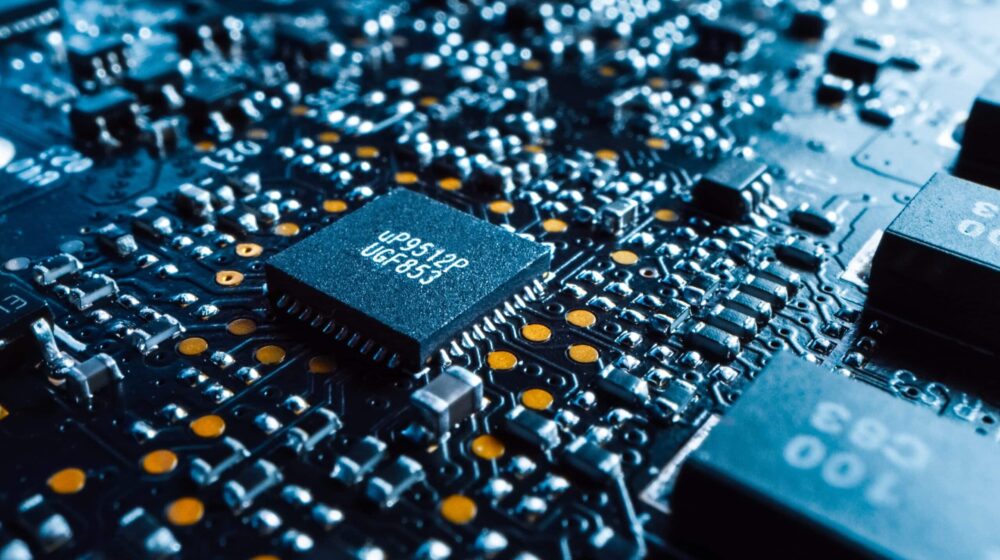When it comes to printed circuit board (PCB) manufacturing, one of the fundamental factors that determine a PCB’s performance, reliability, and cost is the selection of materials. PCBs are at the heart of nearly all electronic devices, from smartphones to medical equipment and automotive systems. The choice of materials used in PCB manufacturing and assembly is crucial to ensure optimal functionality and longevity. This article takes you on a journey through the world of PCB materials, shedding light on the components that shape these integral components of modern technology.
What are the Key Materials in PCB Manufacturing?
1. Substrates
At the core of any PCB lies the substrate, often referred to as the base material. It provides the physical foundation for the copper traces and components. Common substrate materials include:
- FR-4: A widely used epoxy-based laminate material, known for its durability and cost-effectiveness.
- Flex and Rigid-Flex: Ideal for flexible and bendable PCBs, used in applications like wearable devices.
- Metal Core: Used when effective heat dissipation is crucial, typically in LED lighting and power electronics.
2. Copper Foils
Copper is an essential component in PCBs, forming the conductive traces that carry electrical signals. PCBs use two types of copper foils:
- Electrodeposited (ED) Copper: Offers high conductivity and is commonly used for signal traces.
- Rolled Annealed (RA) Copper: Used for power distribution and ground planes due to its lower etch rate.
3. Solder Masks
Solder masks are applied to the PCB surface to insulate and protect the copper traces from solder and environmental factors. Materials used for solder masks include epoxy or epoxy acrylate.
4. Silkscreen Inks
Silkscreen inks are used for labeling and marking on the PCB, including component designators, logos, and reference information. These inks are typically made of epoxy or epoxy acrylate.
5. Laminates
Laminates are used to bond the layers of a multilayer PCB. The choice of laminate material can significantly impact the PCB’s electrical and thermal performance. Materials like FR-4, polyimide, or PTFE are commonly used.
6. Solder Paste and Solder Alloys
Solder paste is a critical material used in the assembly process to attach components to the PCB. Various solder alloys are used, with lead-free solder gaining popularity due to environmental concerns and regulatory standards.
7. Adhesives
Adhesive materials are used to secure components to the PCB. Different types of adhesives are employed based on the specific requirements of the assembly process.
PCB Manufacturing Materials Form the Backbone of Electronic Devices
The materials used in PCB manufacturing form the backbone of the electronic devices that have become an integral part of our daily lives. The careful selection of materials ensures that PCBs are not only reliable but also cost-effective, safe, and adaptable to a wide range of applications. As technology continues to advance, the development of new materials and innovative manufacturing techniques will shape the future of PCBs, enabling even greater functionality and versatility in electronic devices.

